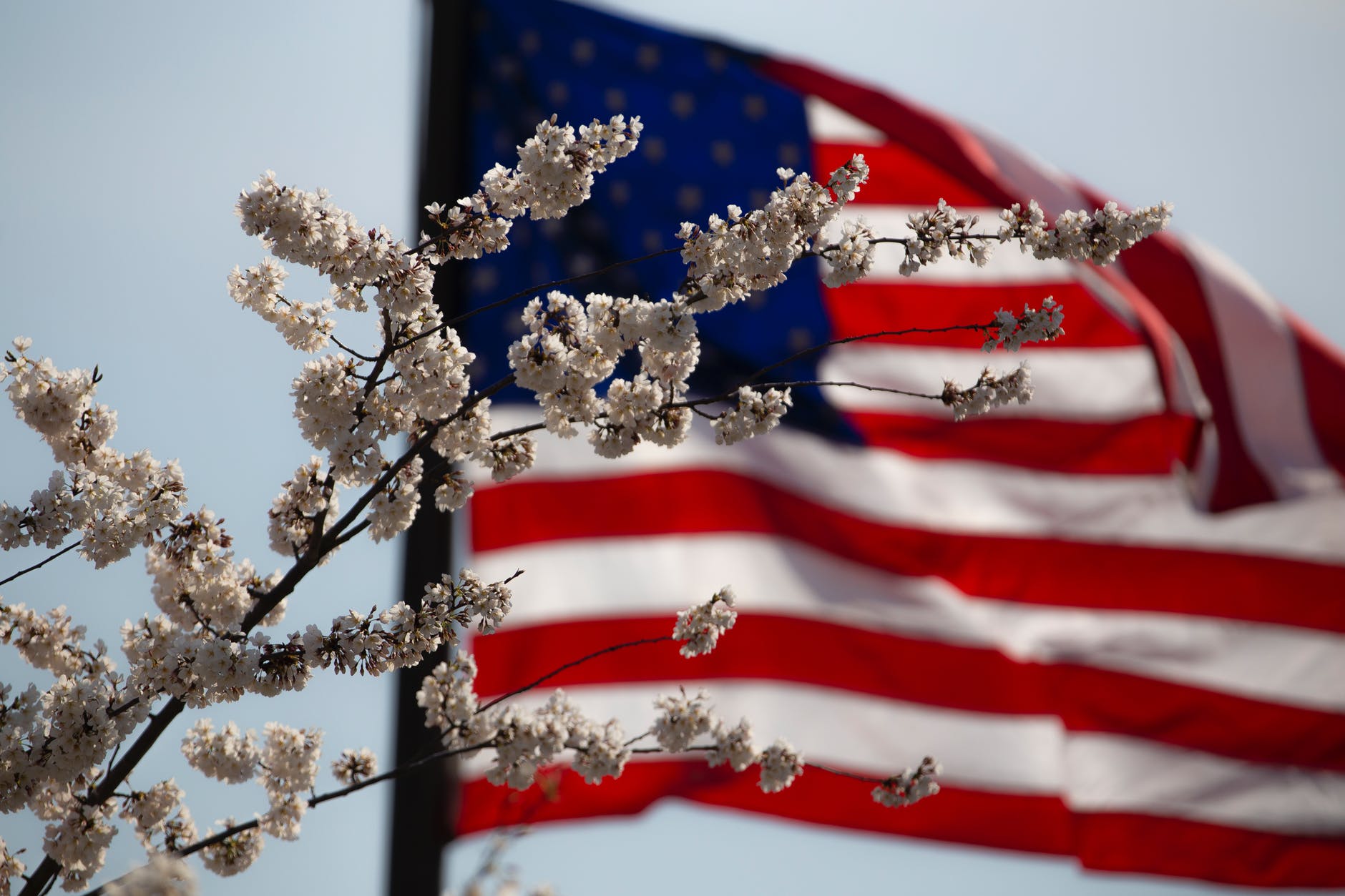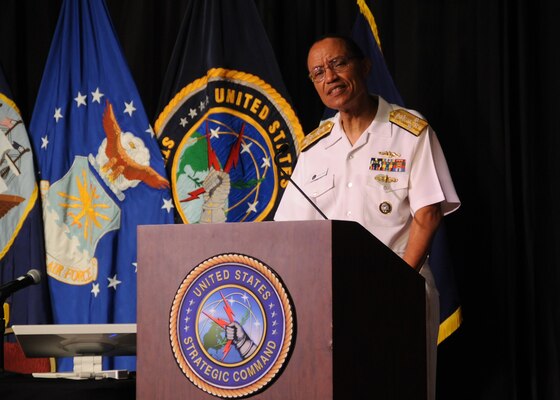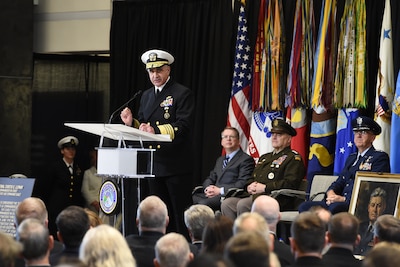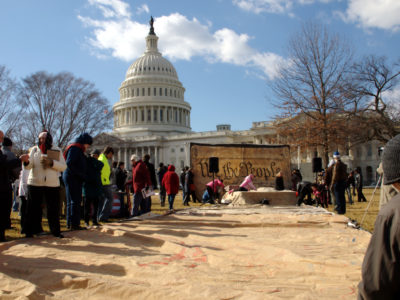For the student who wants world peace but has no idea where to start, you’ve come to the right place. Welcome to United States War and Peace 101, where we will delve into the history that has brought the US to its current policy and what that policy looks like today.
By educating yourself on what happens in the U.S., you might find a major or career.
And who knows, maybe that student will bring world peace after all.
Background

A conflict doesn’t have to mean war. A majority of US foreign policy constitutes strategies to prevent conflict or minimize its impacts. Historically, the idea of war and its resolutions date back to some of the earliest philosophers, like Socrates and Plato. Their writings focused on assessing the causes of conflict and ultimately proposing prevention strategies for growth. In more recent years, the term conflict has applied to the importation of enslaved people who run the economy, the racial and moral debate that surrounded it, the tension in the South China Sea and the rise of unregulated nuclear weapons.
What’s Going on with U.S. War and Peace

Because of its global interests, the US plays a unique role in this field. The US has a global array of allies and unmatched power-projection capabilities. No other country has the ability to deploy massive armies, air, naval and special forces in multiple global locations on such short notice. As a result, this has allowed the US to take action when other countries have threatened its national and international security interests. For example, following the 9/11 Al-Qaeda attacks on American soil and the deaths of almost 3,000 people, the US countered only a month later with an attack on Al-Qaeda’s base of operations within Afghanistan. The US still involves itself in this conflict, some 18 years later. For some college students, the war in Afghanistan remains older than they are.
What the Experts Say

Experts say that war and peace remains a broad field. While the number of deaths by conflict has decreased in recent years, conflicts appear in our everyday lives. “Up to 230 million people died as a result of armed conflict in the 20th century. After the Cold War ended, many people hoped that the world would become peaceful, but 6 million people died due to armed conflict in the 1990s. The 21st century has been more peaceful than the 20th century, so far,” George Washington University professor Michael Brown said. In this sense, experts are hopeful of the years to come, but this field of study and work holds many factors.“This is an area that brings in lots of different disciplinary approaches and an undergraduate major in this could lead in many different directions. There are conflicts all around us, whether it’s major wars with fatalities or whether it is community conflicts right where we live, like societal conflicts in the US,” George Mason University professor Susan Allen said. That being said, the definition of a conflict is broad, and conflicts are all around us today.
What Students Think the U.S. Should Do

The National Institute for Dispute Resolution estimated that several thousand peer mediation programs in schools around the US have opened. Students can now choose to major or concentrate in peace studies and conflict resolution. Those students possess various opinions on the current state of US participation in conflict and peace; however, they all agree that the US maintains its title as a major world power and a leader in many respects. “As one of the leaders of the free world and a nation that stands for democracy and freedom, I believe that the US cannot turn our backs on those who are oppressed and need our assistance,” George Washington University sophomore Samantha Walley said. On the contrary, some students believe the U.S. participates too much on an international scale. “I would say we are a bit too involved. Statistically speaking, the US has been at war for 222 years since 1776. I feel like the US has somewhat of a reputation as a ‘peacekeeper,’ but I feel it does not really embody that title,” Fordham University sophomore Stefanie Uy said. It is difficult to say if the US is improving in the area of conflict resolution. “I think we make certain advances and have experienced certain fallbacks,” George Washington University junior Megan Terpstra said. Students ultimately take varying positions on the United States’ role in war and peace.
The Classes You’ll Take

In order to pursue a major or concentration in this field, students will take broad, overview courses to learn about theories, history and specific case studies. Once on track to major, students will then have to take classes covering specific case studies of past and ongoing conflicts, such as the Arab-Israeli conflict. These classes apply the theories and history learned in broader overview courses.
Job and Internship Possibilities
1. The State Department

If a student wants to dip his or her toes into international politics, the State Department is the right place to do it. Depending on a student’s interest, this internship or job route varies so much due to the institution’s size that a student can choose in what part of the Department to work. For example, the Conflict and Stabilizations Operations advances the State Department’s understanding of conflict and analysis.
2. Lobbying firms

In short, lobbyists attempt to influence the actions, policies and decisions of elected officials. In this field, students can expect to push for change with regard to specific conflicts or peace. Some opportunities include the American Israel Public Affairs Committee and Peace Action.
3. The United States Institute of Peace

This federal institution promotes conflict resolution and prevention worldwide. Located in Washington D.C., the organization conducts research, operates a training academy, hosts conferences and workshops, and works to build the academic and policy fields of international conflict and peace-building.
4. Representatives

Political science majors chase after the coveted “hilltern” (or local representative intern) position. These interns work on reports for officials, take phone calls and attend hearings. Depending on a representative’s platform, this position can provide great insight and allow the application of war and peace classes.
Hope for the Future

Because armed conflict continues as an important issue for the foreseeable future, war, its prevention and resolution efforts will remain essential priorities for policymakers and citizens alike. As long as this remains an important issue, students should study conflict and peace. While the answer to world peace seems broad, a major in this field will allow students to make an impact on international conflicts.



















